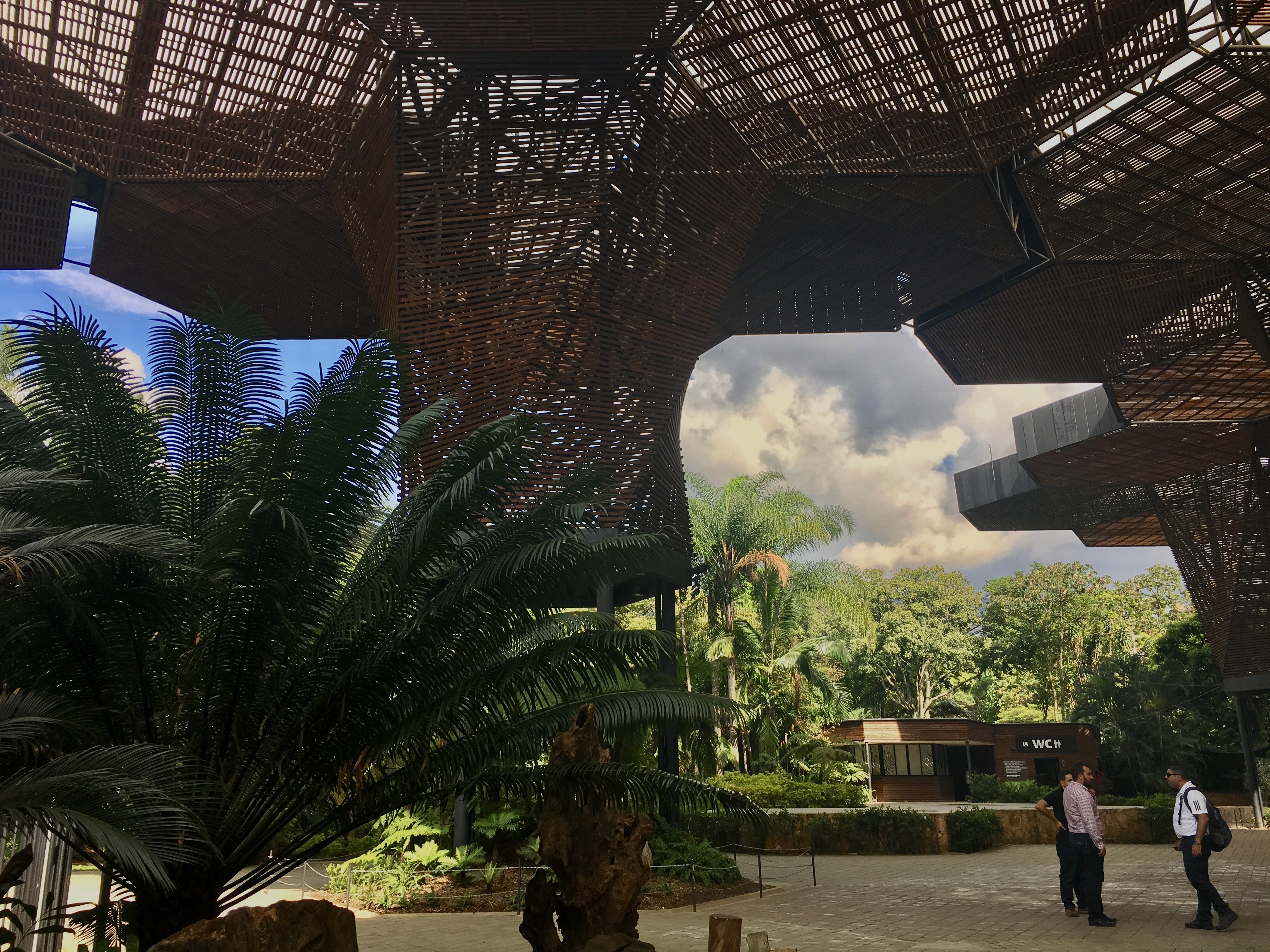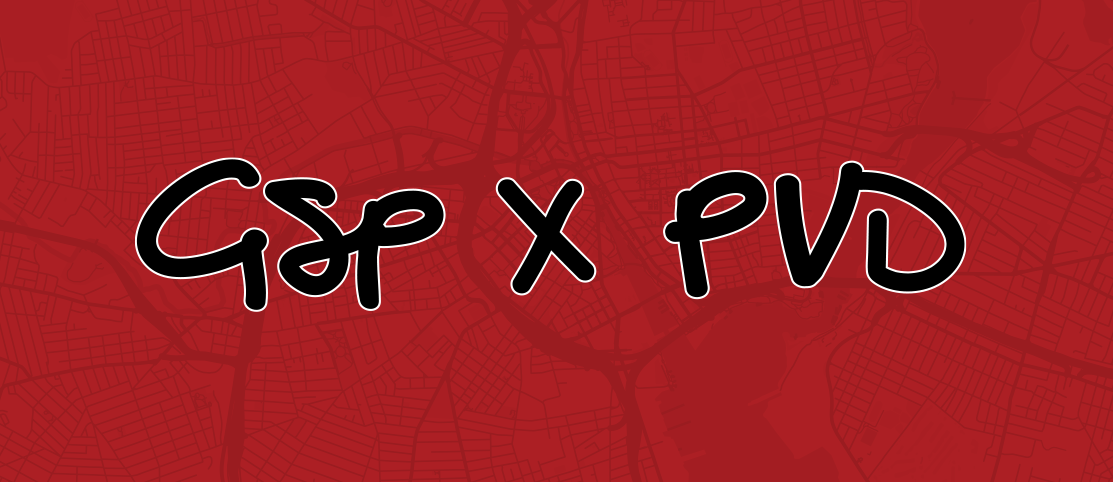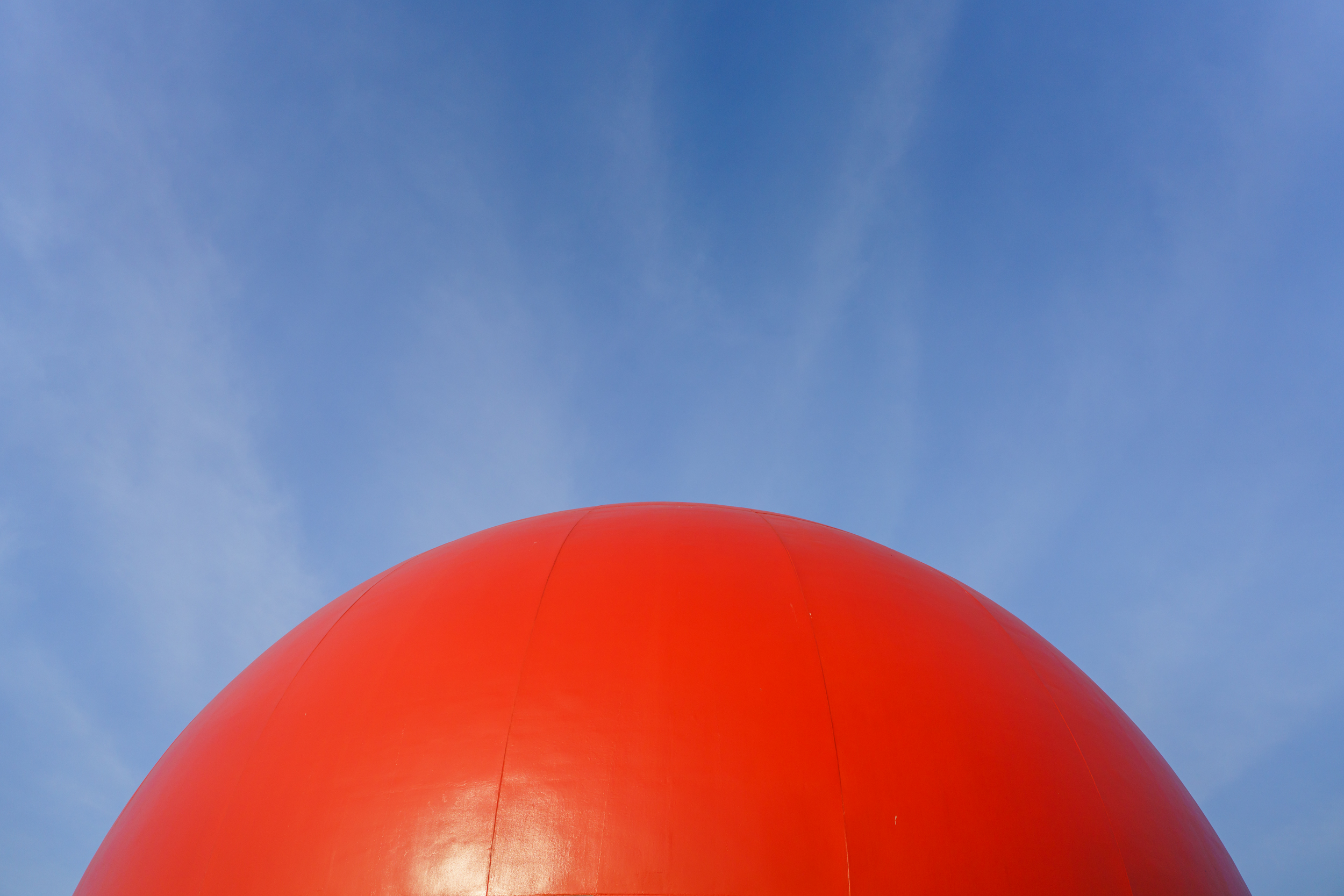Month 03: Medellin
If there’s one thing we really emphasize at Graffito it’s that our approach is a little different from most because of the inside-outside nature of what we do and how we think. We consider so much about the ground floor of a single space or an entire multi-anchor development or neighborhood, but not just the strict square footage of a retail space and not just an outdoor canvas like a sidewalk, parking lot, or side of a building. This well-rounded approach is one thing I love about Graffito and why we as a team work so well together. Well, if there is one thing Medellín understands, it is the inside-outside dynamic of a place.
This is something I first witnessed in Mexico City and wrote about in my first blog, about a bakery and restaurant called Boulangerie 41, where you could walk up from the sidewalk, pull up a stool, and have lunch with the person across from you who was sitting inside. I had never seen anything like that before, or so many restaurants and cafes that were so fluid in their design of what is inside and what is outside. I really enjoyed that aspect of Mexico City but brushed it off as a readily-deployable tactic back in Boston because Mexico City’s weather is always, always gorgeous.
But then I got to Medellín. And I was told before coming here that this is the city of “eternal spring”, and I could expect temperatures in the 80s on a regular basis and sunshine all the time! Not so. Just about every day since I got here it has rained, and yet Medellín, specifically the neighborhood we’re in called Poblado, is still crushing the inside-outside game. This neighborhood is very expat-heavy so there are lots of nice cafes and coffeeshops where there’s a certain expectation for cold brew, wifi, and outlets (there’s a specific behavior I’ve come to recognize when someone enters a cafe looking to see if they can work there – a backpack, slow walking, and eyes squinted looking at any empty wall space or clearly plugged-in power cords for outlets) and these cafe owners do their best to meet that demand. Simple but tasteful retractable awnings are quite popular here, allowing for a clearly-defined indoor space and a more fluid outdoor space. If it’s raining or a particularly rainy season, the awning is out but you can still hear a lovely white-noise-machine-caliber pitter patter of rain while you work. If the weather is nice, the awning is only halfway out so you can either sit in the sun or enjoy the shade as well as the fresh air. Even when it’s drizzling or fully raining, people are sitting outside which makes this already-lively neighborhood feel so much more full.
I wrote in last month’s post about Bogota that they really knew how to maximize the street frontage by regularly having retail on both the first and second floor, and Medellín is the same – but so much better. Instead of just having a single staircase and a walkway to take you to a handful of stores, the streets of Poblado are lined with shops and cafes and wide, well-designed staircases taking you up to another shop or cafe. This makes the streets here so much more interesting than just having a simple shop after shop after shop, because there’s real activity on both the first and second floor and the stairs become another way for the retailer to express their aesthetic as opposed to being a burden. It’s common to walk along the street and have people looking down at you from a cafe or bar with seating up against the street, just one floor up. The first floor spaces are often not very big as they truly seem to be carved out of a bigger space, which also means that retailers here are quite creative with how to do more with less.
I’ve done a bit of exploring outside of Poblado and have spent time in a true variety of neighborhoods. I did a tour of some neighborhoods north of Poblado where, in order to get there, you use a cable car system that’s only about five years old. Each cable car fits about eight people and they go up and over large hills that were once enormous obstacles for people in these poor, refugee-heavy areas to get to work. Our guide said these cable cars shrunk commute times from three hours to about 30 minutes, on average, opening up so many more opportunities to these communities. On the other hand, a neighborhood not too far from here has four enormous malls back to back, next to luxury car dealerships, next to casinos, next to the Hard Rock Cafe – Medellín, clearly, has a bit of everything.
One thing that really separates Medellín from Bogota is the amount of greenery here. This place is lush. My gym is at the top of a hotel and every morning I look out and see a full canopy of trees shading the streets and it’s so nice to look down at and to walk through. It makes the sunny days so much more comfortable and the rainy days much easier to manage. I think at home the benefits of street trees can be overlooked but they really do make a place so much more enjoyable to spend time in. There’s a pretty exceptional botanical garden in Medellín with an amazing architectural canopy over part of it designed to look like a bouquet of flowers. I think this canopy further embodies the inside/outside nature of Medellín, as there are all kinds of events underneath it from markets to concerts to yoga classes to gardening workshops, and when nothing’s going on it’s simply a shady place with uncomplicated seating for people to escape the heat or the rain.
Overall this has been a delightful place to spend a month. We all recognize that the area we’re living in is a very comfortable bubble but we’ve also all made efforts to get outside the bubble – from tours of the somewhat dangerous city center to tours of previously war-torn neighborhoods that are now beacons of hope for the city to tiny towns an hour or more away – and everyone is thrilled with what we’ve come to learn about Medellín, and about Colombia as a whole over the last two months. Now…onto Lima, where the ceviche is fresh and the surfing is good (sorry, Sean!).




